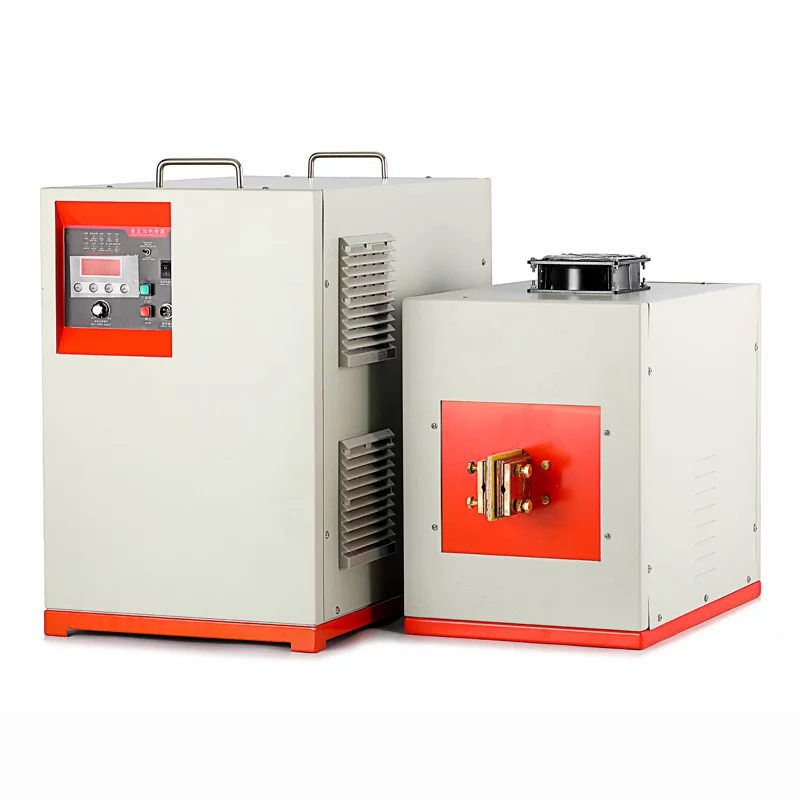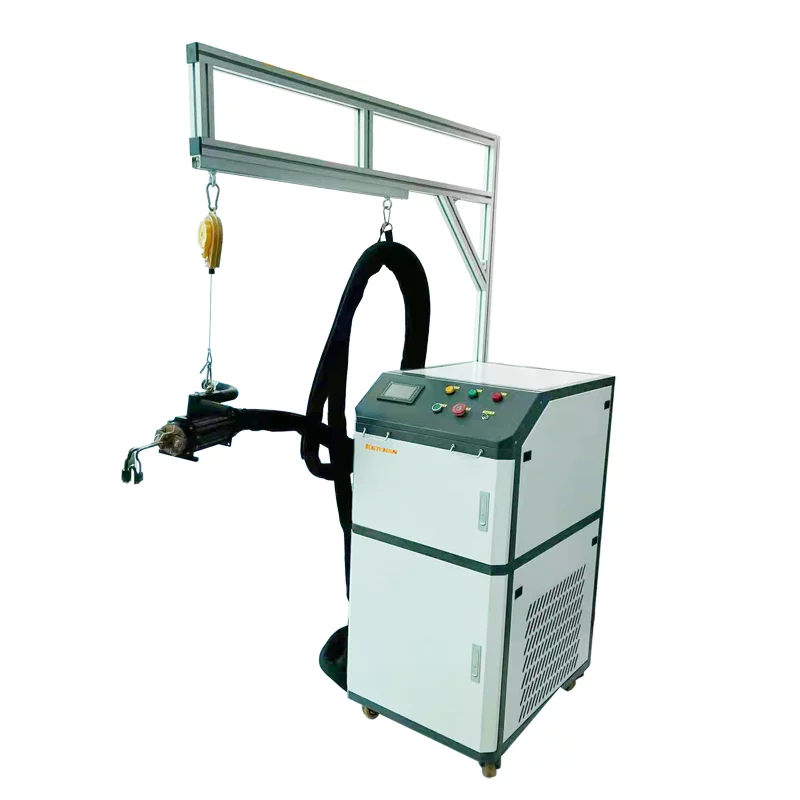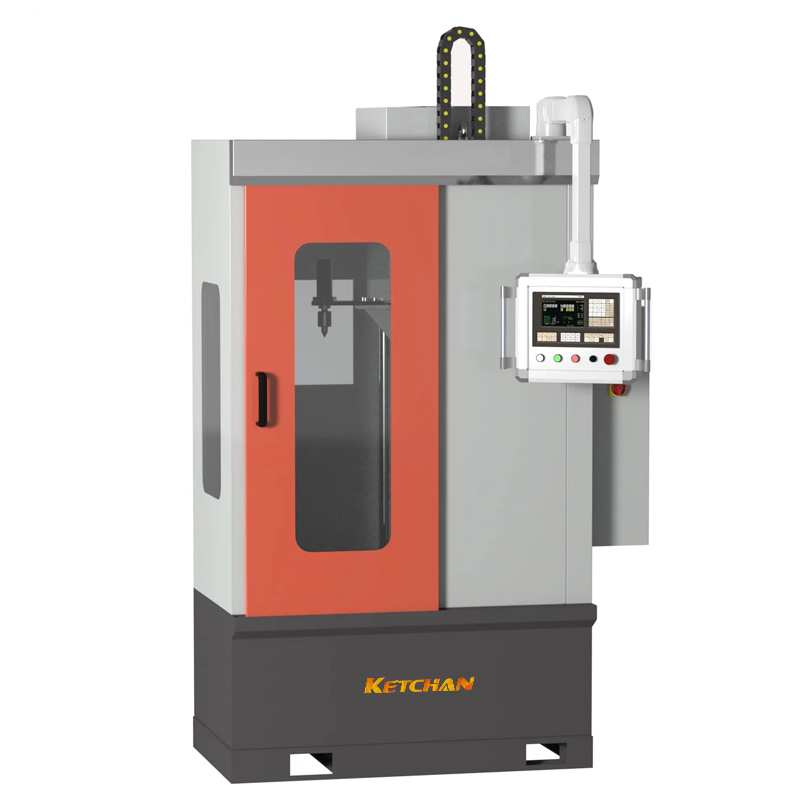Compared with traditional heating, induction heating has many advantages, such as higher thermal efficiency, easy to realize automatic production, small floor space of equipment, high precision, and real-time temperature adjustment, which is conducive to the optimization of the production process, etc. From the point of view of materials, aluminum alloy and other non-ferrous metal induction heating have short heating time, thin metal oxide layer, surface, and internal temperature simultaneously, easy short time to reduce the temperature difference table; The temperature gradient can be realized for isothermal extrusion. Each billet has the same heating time and temperature, and high consistency of billet performance. Therefore, the improvement of nonferrous metal induction heating technology is of great significance to the nonferrous metal industry.
Zero friction billet gradient heating
Inductotherm Group has a patented zero-friction billet gradient heating system, which can realize frictionless gradient heating of large-diameter aluminum alloy billets.
By means of specially designed loading and unloading systems, large diameter aluminum alloy blank can avoid surface abrasions caused by friction during loading, heating, and unloading. At the same time, multi-module partition control and temperature control are adopted to realize static gradient heating in the blank length direction. The temperature gradient per 100mm length can reach 15℃, and the temperature control is accurate, as shown in Figure 7.
Dynamic gradient heating of billets
The dynamic gradient heating of the billet can be realized by multi-zone control and reasonable multi-layer coil design. Gradient heating of aluminum alloy billet by multi-zone control can realize isothermal extrusion, reduce the heating time of billet, and avoid coarse grain. On the other hand, it can also reduce the precipitation of Mg2Si and improve the extrusion performance and product quality of the billet.
The unique physical characteristics and temperature uniformity requirements of nonferrous metals should be taken into account when selecting appropriate induction heating process parameters. Both the dense flux lines on the billet surface and the potentially large temperature gradient in the material can lead to local overheating, resulting in thermal stress and the formation of cracks. In most induction heating applications used in non-ferrous metal forming, the primary objective is to obtain a specific temperature and temperature uniformity, i.e. the maximum permissible temperature difference in the radial or longitudinal direction or within the blank volume. The research shows that convection loss is the main form of heat loss in induction heating applications at lower temperatures. Compared with other metal materials with poor thermal conductivity, these applications make it easier to achieve a uniform temperature of billet surface and core. Using a computer to simulate the heating process of nonferrous metals to obtain the best power supply configuration and process parameters is of great significance to process optimization.
The alternative method of optimal control theory can be applied to formulate optimization problems. This is a powerful method for designing effective induction systems and developing process control formulations. The method and calculation techniques are based on specific properties that control the transient heat transfer process during induction heating. At the end of the optimal control process, the general characteristics of temperature distribution are set in the heated billet. These features have definite physical significance and their strict mathematical proofs have been studied in detail by scholars.
Optimization design and control provide a new tool for practical, cost-effective induction heating processes with significant advantages over other well-known methods. First, it is strongly problem-oriented and takes into account all the basic physical characteristics of optimized induction systems. In addition, it can significantly reduce the number of calls to field analysis modules and objective function evaluations.
Inductotherm Group has provided dozens of induction heating equipment for forging heating of related aluminum and magnesium nonferrous materials. In China, due to the lack of relevant research on induction heating for non-ferrous metals, the vast majority of enterprises still use the traditional furnace for pre-forging heating, but more and more enterprises are also actively exploring the use of induction heating aluminum and magnesium alloy materials. This study is partly supported by the Ministry of Education and Science of the Russian Federation (for the government contract project, №10.3260.2017).
Roll quenching by induction heating
Effect of roller quenching by induction heating







